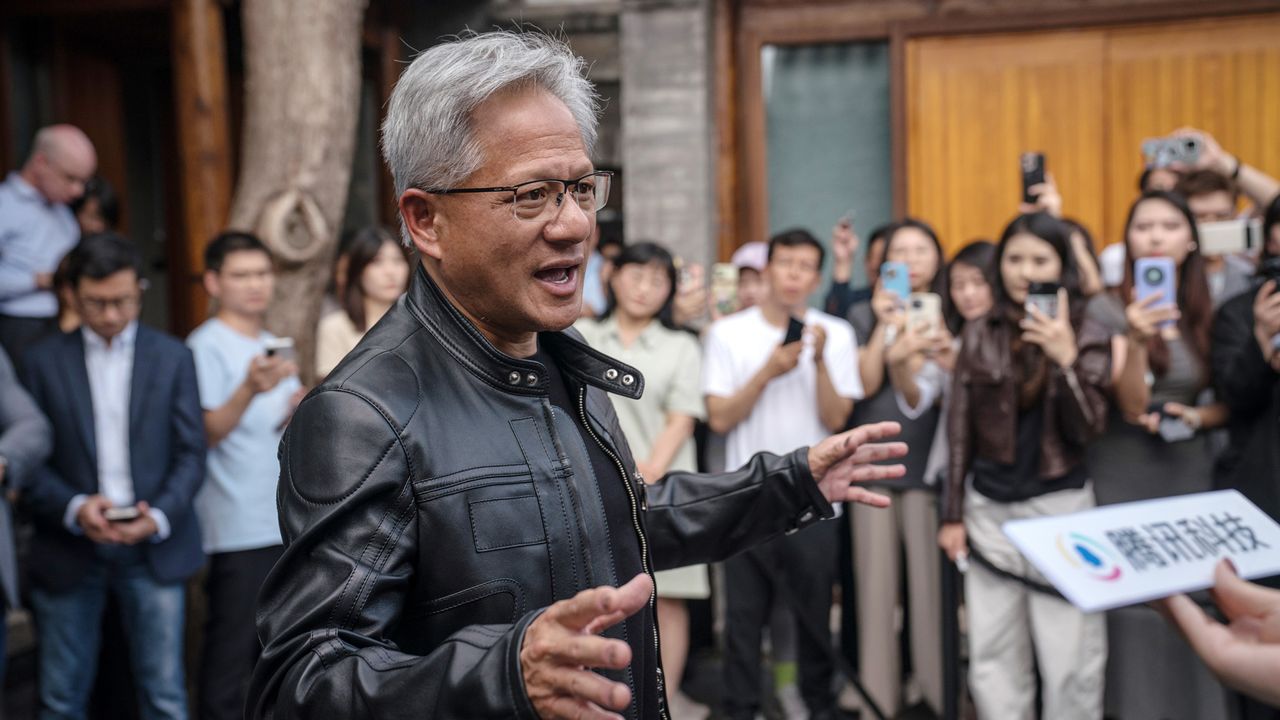Fancy a memory upgrade on your ROG Ally? A technician running a “SlickBuys Mods and Repairs” YouTube channel seemingly did something truly impressive with his client’s ROG Ally, upgrading the onboard RAM chips. Alas, it wasn’t as easy as swapping some chips on the board, and more like how it’s been demonstrated with some graphics cards.
Sadly, there are no benchmarks or game demonstrations at the end of the upgrade video. Just a bootup sequence and a brief glimpse of Windows showing the recognized RAM.
Asus’ ROG Ally had some impressive specs for its form factor when we reviewed the AMD Z1 Extreme-enabled portable gaming device a few months ago. There were no complaints about its dual-channel 16GB 6400 MT/s memory, but if you could upgrade it, why wouldn’t you? SlickBuys Mods and Repairs shows that it’s possible, but far from simple, in the video below.
As the video shows, dismantling the ROG Ally down to its PCB with all the core components would be pretty simple for many enthusiasts. But this is where the easy part ends, as the modder prepares the PCB to desolder the 16GB Samsung K3LKBKB0BM 6400MT/s LPDDR5 memory chips. He then replaces all four chips with four Samsung K3KL9L90CM 7500 MT/s LPDDR5 chips. The process didn’t stop there, as he had to work on altering the BIOS on the Winbond W25Q256JW 256-byte chip, to accept the new RAM upgrade via NeoProgrammer. This not only requires knowing both exactly what needs changing and how to how to change it.
With Great Upgrades Comes at a Great Cost
Slick Buys, who goes by the nickname Bortegaa on Reddit, said that this 32GB upgrade cost his customer $300 plus return shipping, with two to four days turnaround time. So, calling this an expensive upgrade is an understatement since you’d be paying almost half the cost of the ROG Ally for the memory boost. But considering the cost of manual labour, experience, parts, sourcing, BIOS programming, and checking if everything works fine, the $300 upgrade price doesn’t seem so bad. Each of those 7500 MT/s chips costs $22 via Ali Express, adding $88 for four pieces without shipping. The BIOS flashing process isn’t as easy as upgrading your motherboard BIOS or flashing a homebrew firmware on a PSP, either.
He also offers an upgrade from a 40Wh to a 90Wh battery for US$280. That may effectively double your playtime per charge, but combined with the cost of the RAM upgrade and shipping, it would also nearly double the price of your gaming portable. It would be so nice if companies would at least design in swappable battery options.
Regardless, it is impressive to see videos like this that push the boundaries of current handheld hardware. And while not many would consider this upgrade due to the cost, it’s fun to see the entire, sped-up process. It also makes you wonder how much trial and error — and years of experience — went into making such a complex process reasonably achievable.







